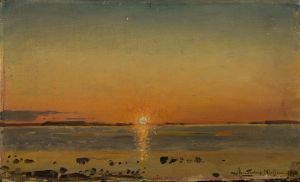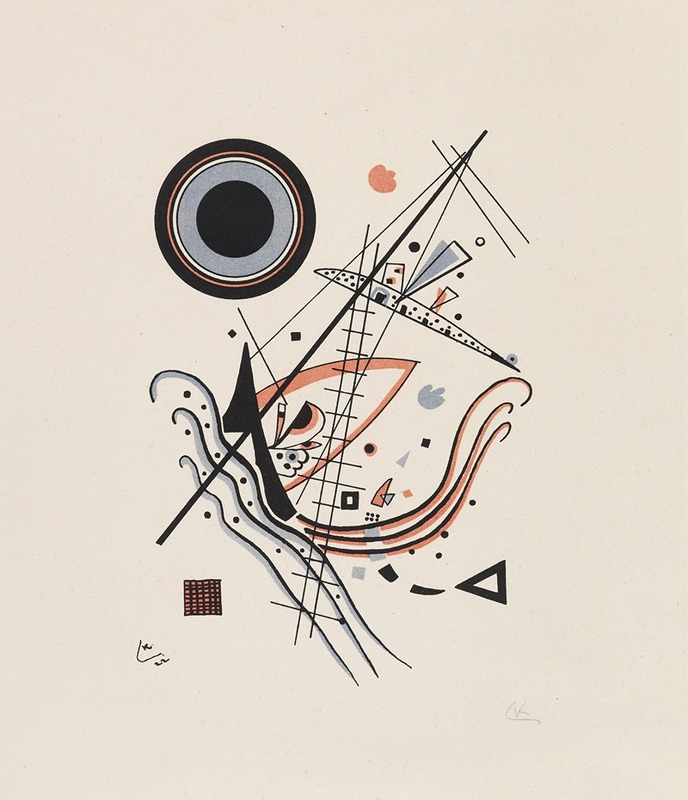
Lithographie ‘Blau’
A hand-painted replica of Wassily Kandinsky’s masterpiece Lithographie ‘Blau’, meticulously crafted by professional artists to capture the true essence of the original. Each piece is created with museum-quality canvas and rare mineral pigments, carefully painted by experienced artists with delicate brushstrokes and rich, layered colors to perfectly recreate the texture of the original artwork. Unlike machine-printed reproductions, this hand-painted version brings the painting to life, infused with the artist’s emotions and skill in every stroke. Whether for personal collection or home decoration, it instantly elevates the artistic atmosphere of any space.
Wassily Kandinsky was a pioneering Russian painter and art theorist, widely credited as one of the first creators of pure abstraction in modern art. His work, "Lithographie ‘Blau’," is a notable example of his exploration into the use of color and form to express emotion and spirituality. Kandinsky's journey into abstract art was deeply influenced by his synesthetic experiences, where he could perceive colors as sounds and vice versa, which played a significant role in his artistic development.
"Blau," which translates to "Blue" in English, is a lithograph that exemplifies Kandinsky's fascination with the color blue, a hue he often associated with spirituality and depth. Blue, for Kandinsky, was a color that evoked a sense of calmness and introspection, qualities that he sought to convey through his abstract compositions. The lithograph is part of a series of works where Kandinsky experimented with lithography as a medium, allowing him to explore the interplay of colors and shapes with a degree of spontaneity and fluidity.
Kandinsky's approach to art was heavily influenced by his theoretical writings, particularly his book "Concerning the Spiritual in Art," published in 1911. In this work, he articulated his belief that art should transcend mere representation and instead evoke an inner resonance within the viewer. This philosophy is evident in "Lithographie ‘Blau’," where the abstract forms and vibrant colors are intended to elicit an emotional response rather than depict a specific subject matter.
The early 20th century was a period of significant artistic experimentation, and Kandinsky was at the forefront of this movement. He was a founding member of the Blue Rider (Der Blaue Reiter) group, which sought to promote modern art and break away from traditional artistic conventions. The group's name itself reflects Kandinsky's affinity for the color blue and its symbolic meanings.
Kandinsky's work in lithography allowed him to reach a broader audience, as prints could be reproduced and distributed more widely than paintings. This medium also provided him with the opportunity to refine his ideas about abstraction and the use of color. "Lithographie ‘Blau’" is a testament to his innovative spirit and his commitment to exploring new artistic frontiers.
Throughout his career, Kandinsky's art evolved, but his dedication to abstraction and his belief in the spiritual power of art remained constant. His work has had a lasting impact on the development of modern art, influencing countless artists and movements that followed. "Lithographie ‘Blau’" is a significant piece within his oeuvre, encapsulating his artistic vision and his quest to create art that resonates on a deeper, more spiritual level.
In summary, Wassily Kandinsky's "Lithographie ‘Blau’" is a reflection of his pioneering efforts in abstract art and his exploration of color as a means of conveying emotion and spirituality. Through this lithograph, Kandinsky invites viewers to engage with art in a way that transcends the visual, encouraging a deeper, more introspective experience.





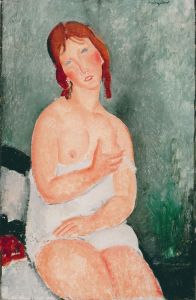
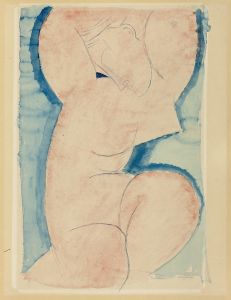
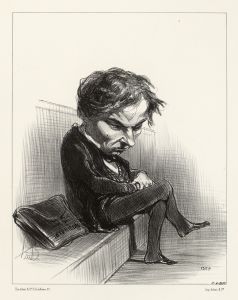
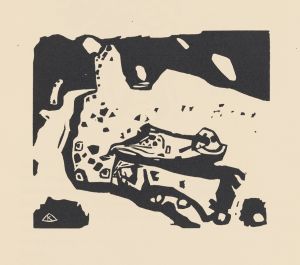
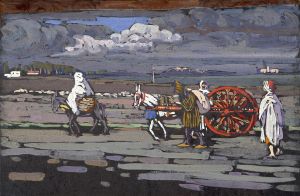
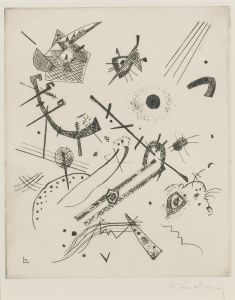
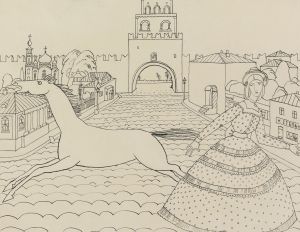
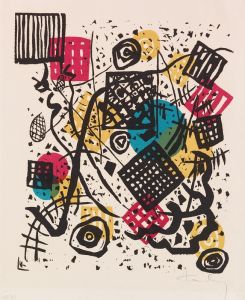
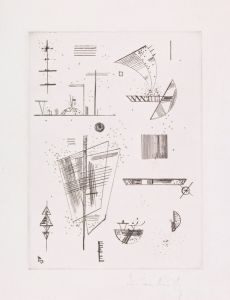
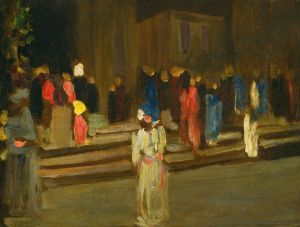
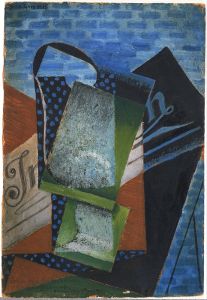
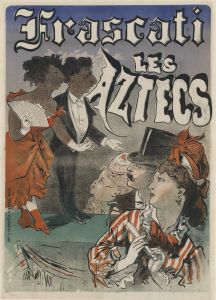
![Interior perspective studies for Restaurant Crillon, 15 East 48th Street, New York, NY.] [Study for Batik Room or Main Dining Room](/imgs/249377/s/winold-reiss-interior-perspective-studies-for-restaurant-crillon-15-east-48th-street-new-york-ny-study-for-batik-room-or-main-dining-room-f49c2d45.jpg)
